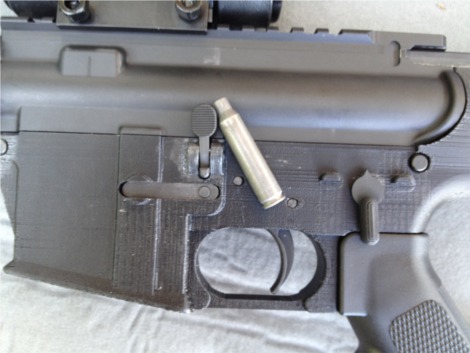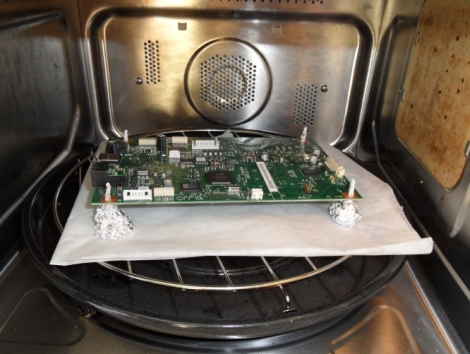An Octopart for RC equipment
When [Zach] started building a quadcopter he found it very difficult to source the required parts. Thus was born CompareRC, an aggregation of several online RC retailers. There’s over 150,000 parts in the database, all searchable and sortable by lowest price.
Segway iPad Skype teleconferencing robot
It’ll be a while until robots completely eliminate the need for any human interaction, but until then there’s Double. It’s a two-wheeled balancing robot with an iPad dock, controllable via a remote iPad.
Free electronic design
In case you weren’t aware, Fedora has an electronic design distro that includes just about everything needed to build electronic circuits called Fedora Electronic Lab. FEL has PCB designers, circuit simulators, editors for just about everything, and support for PICs, AVRs, and 8051 micros. Thanks for sending this in, [Simon].
Make your own Megadrive ROMs
Last month, [Lee] sent in a build where he connected an Arduino Mega to an old Sega Genesis/Megadrive cartridge. He’s figured out how to read the contents of the cartridge now, allowing you to preserve your 100% complete Sonic & Knuckles / Sonic 3 save for time immemorial.
A surprising amount of graphics tutorials
Khan Academy, every autodidacts best friend, is now teaching computer science. Right now, there is a heavy focus on drawing graphics, and everything is coded in the browser (using Javascript…), but at least it’s a start. The fundamentals of programming are platform and language agnostic, so this looks to be a great way to learn programming.
Here’s a blog post from the lead dev of the Khan CS project.




















